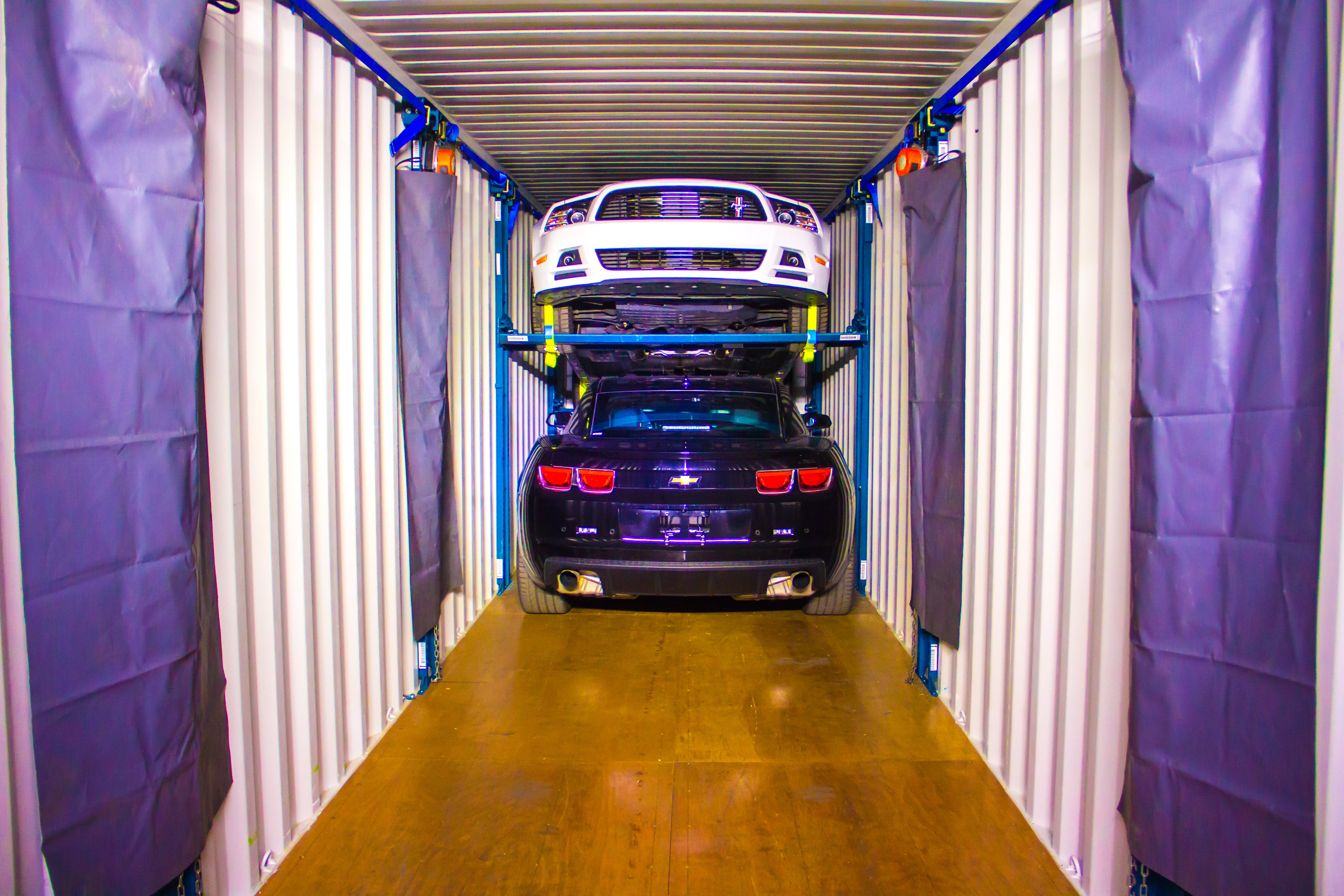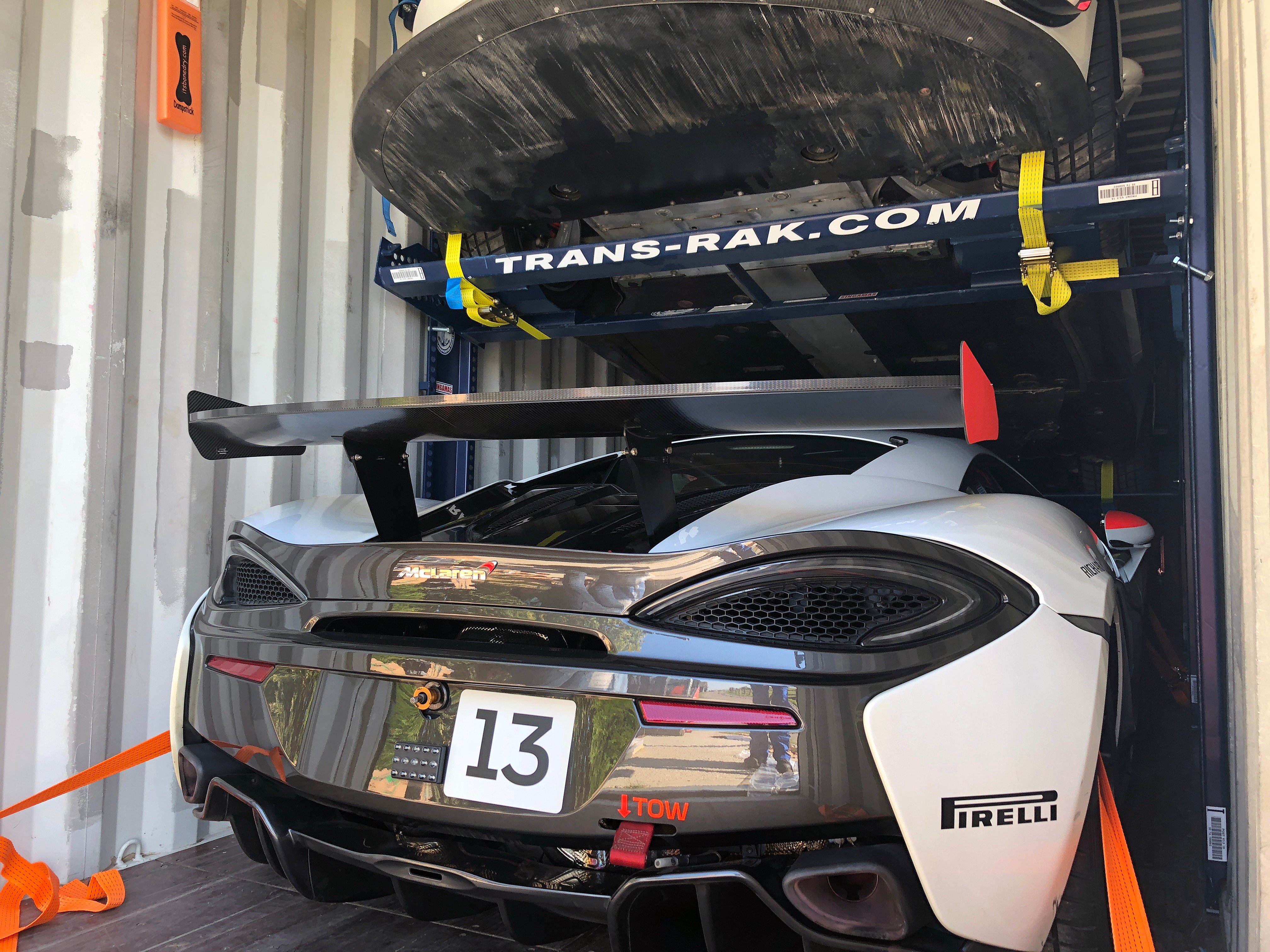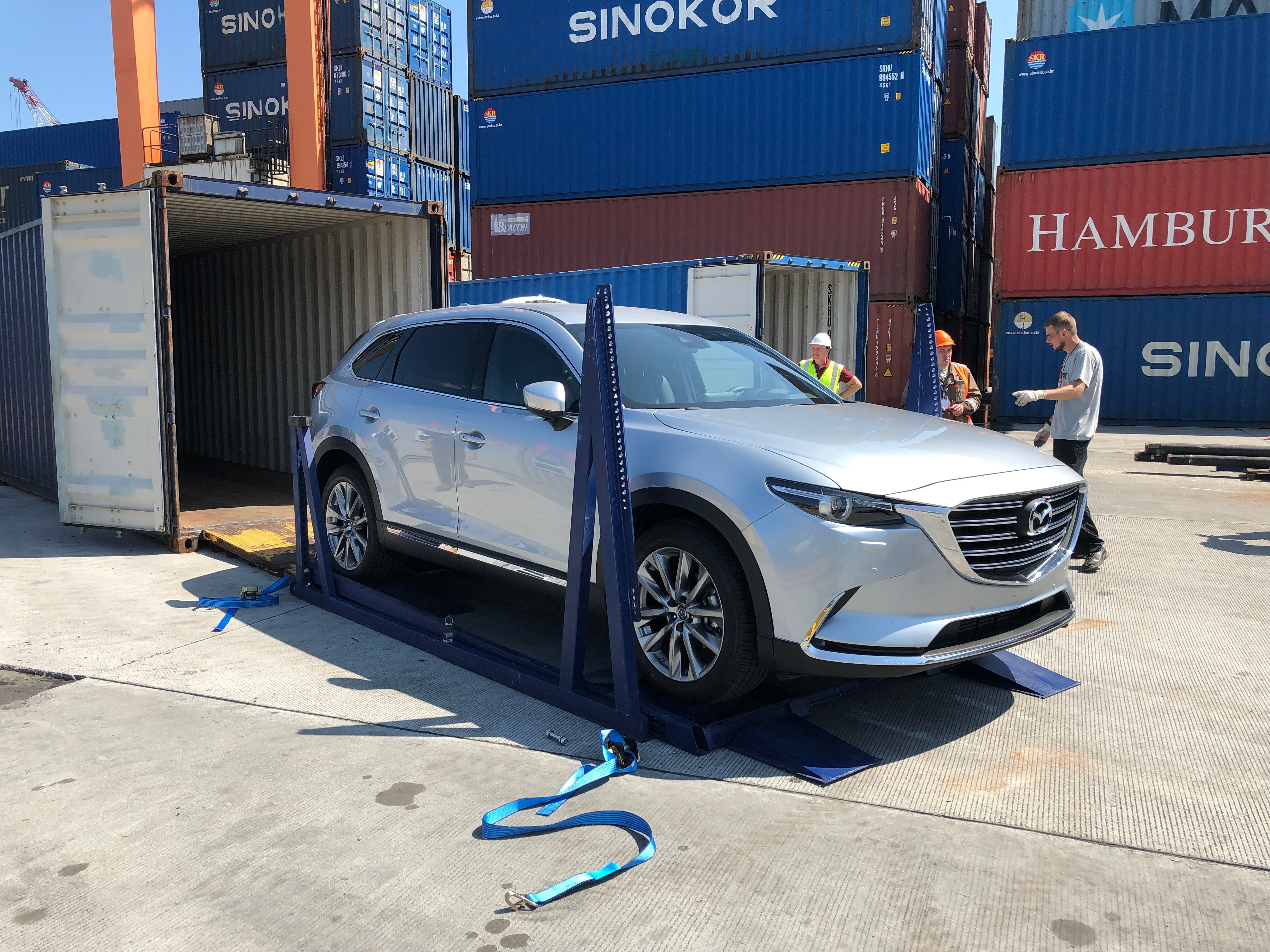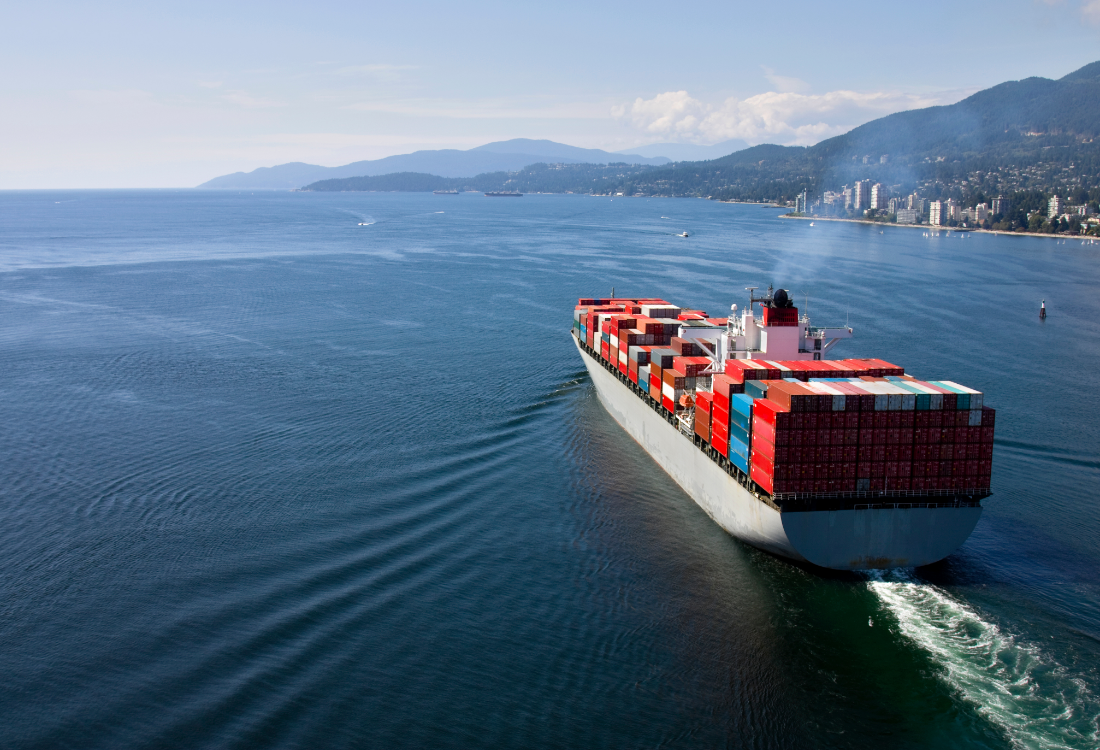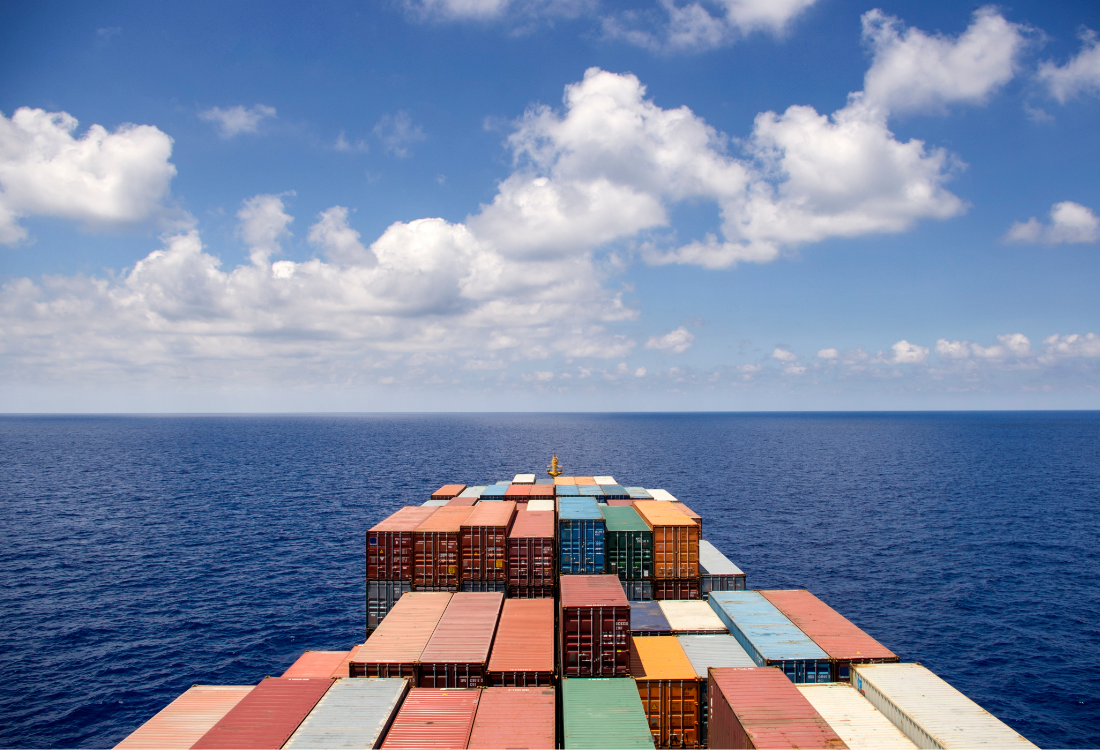
Originally invented in 1850, the roll-on-roll-off ferry has never quite gone out of fashion. However, neither has it ever been a favourite form of transport. Notoriously slow, vulnerable to extreme weather, and expensive, RoRos were never ideal for mass, commercialised international shipping. As such, to remain competitive RoRo transport has been forced to embrace new technologies in an effort to realise its 5.2% forecast growth.
However, the majority of this is represented in European cargo, with 2024 seeing a shift towards containerised solutions for longer journeys among many automotive customers, and contraction in the market among global users in the Asia-Pacific and American markets. Here’s a deeper look into the changes.
Accident Prone
The RoRo concept was designed for moving train carriages across rivers. As such, nothing about the design lends itself particularly well to the safe movement of more vulnerable vehicles. Everything from the breakneck loading speed to the pinball accidents at sea cement the RoRo’s reputation for a nail-biting ride. This is often reflected in the high cost of insurance, and is increasingly seen as being an unacceptable risk when safer alternatives are so easily available.
At A Snail’s Pace
Even though RoRos tend to have fewer stops than container ships, everything about them is slow. They load slowly. They move slowly. They unload slowly. Each vehicle needs to be individually driven, parked, and secured in a process that takes hours, if not days. As RoRos work with a single, vast space with one entry and exit point, there is no way to accelerate the labour. This is in stark contrast to containers, which enable hundreds of units to be packed simultaneously and then rapidly loaded by multiple cranes, offering a masterpiece of efficiency.
Availability vs Demand
As RoRos fall out of fashion, their historically complex scheduling has become ever more challenging. Typically, RoRos will only set sail when they are at capacity, and this has always caused headaches in the planning department. Delays are commonplace, cancellations are the norm, and organisational strategies are washed away with the tide. As more boats are cancelled, unpredictability grows. In contrast, containers are used for shipping all types of cargo, ensuring that their schedules are almost always watertight.
EV challenges
One of the big blows to the RoRo market is the rise of electric vehicles (EVs). Lithium batteries are not safe, and most companies insist on vehicles being shipped without their battery attached. This creates extra work, inefficiencies, and delays in both loading and unloading RoRos. In contrast, container racking solutions such as the EL-Rak enable EVs to be loaded via forklift, removing the lithium risk while offering a highly practical, rapid, and efficient transport method.
Theft
The final nail in the coffin for RoRos is the increasingly unacceptable risk of theft and damage to vehicles. The inside of the RoRo is fraught with dangers, but it is at the dockside that vehicles are parked for weeks and months that the real risks are found. Cars are not protected from the elements, and security typically involves little more than basic fences. As such, high-value components such as catalytic converters can go missing in minutes without any visible evidence. By locking cars inside a container, they are secured out of sight and out of reach.
What Next?
To learn more about upgrading your shipping options to meet new standards, download our containerised car transport guide today.
Image Source: Canva




